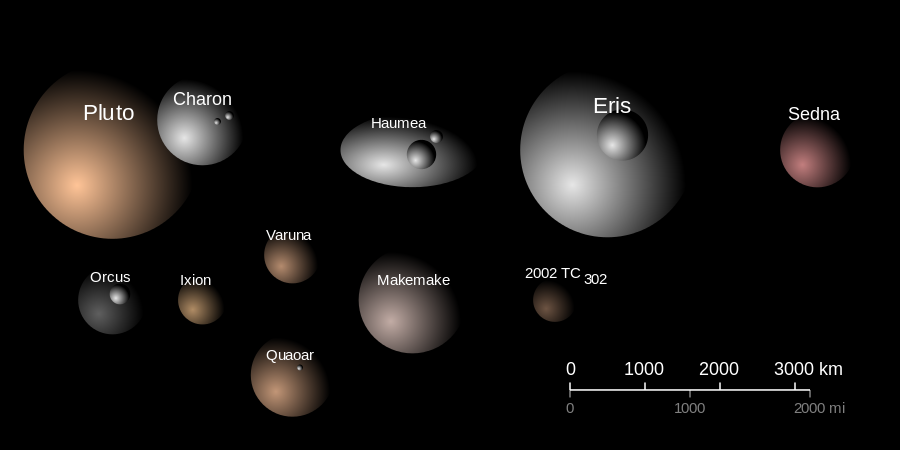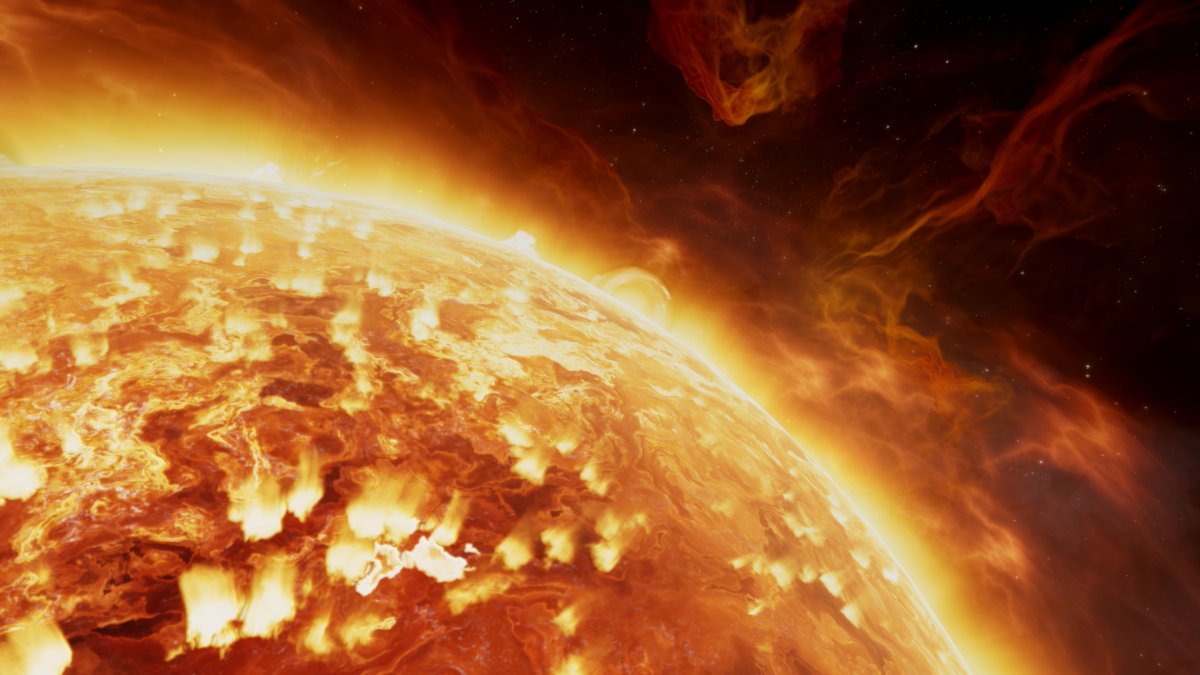Energy transport refers to the transfer of energy from one system to another. There are three primary methods of energy transport: conduction, convection, and radiation.
Conduction
Conduction is the transfer of heat energy through a material due to molecular collisions. In solids, heat is conducted through the vibration of atoms and molecules. In liquids and gases, heat is conducted through the movement of molecules.
- Thermal Conductivity: The ability of a material to conduct heat is measured by its thermal conductivity. Materials with high thermal conductivity, such as metals, conduct heat efficiently. Materials with low thermal conductivity, such as air, are poor conductors of heat.
- Examples of Conduction: Conduction is responsible for the transfer of heat from a hot stove to a pot, from a warm radiator to the air in a room, and from your hand to a cold object.
Convection
Convection is the transfer of heat energy through the movement of a fluid (liquid or gas). When a fluid is heated, it becomes less dense and rises. As it cools, it becomes denser and sinks. This creates a circulation pattern that transfers heat from warmer areas to cooler areas.
- Examples of Convection: Convection is responsible for the formation of clouds, ocean currents, and atmospheric circulation. It is also used in heating systems and cooling systems.
Radiation
Radiation is the transfer of heat energy through electromagnetic waves. These waves can travel through a vacuum, meaning they do not require a medium to transfer heat.
- Examples of Radiation: The sun’s heat is transferred to Earth through radiation. Infrared radiation is used in heaters and night vision devices.
Energy transport is a fundamental process that affects our daily lives. Understanding these three methods can help us to improve energy efficiency and develop new technologies.
Would you like to learn more about a specific method of energy transport or its applications in various fields?



